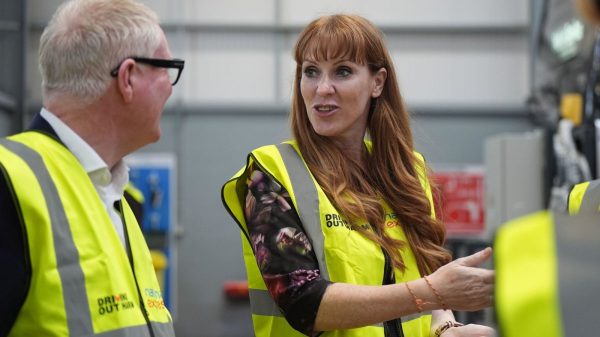The Importance of Leaflets in Election Campaigns
Despite the rise of digital campaigning, leaflets and letters remain a crucial method of direct contact between political parties and voters in the UK. In the 2019 elections, parties spent around £50 million on campaign activities, with a significant portion allocated to ‘unsolicited material to electors’, such as leaflets and direct mail.
The Role of Leaflets in Campaigning
- Over £20 million was spent on leaflets and direct mail in the 2019 elections.
- Analysis shows that traditional campaign activities still dominate spending.
- Leaflets play a vital role in conveying a party’s message to voters.
Voters’ Preference for Leaflets
Research from the 2016 Welsh Senedd elections revealed that a significant number of voters preferred receiving communication from parties in the form of leaflets. When asked about their preferred method of contact, nearly a third of respondents chose leaflets over other options.
Diverse Preferences Among Voters
While there is variation in how different demographic groups prefer to be contacted by parties, leaflets emerged as the preferred choice across various voter segments. Even with the availability of modern communication methods, such as email and e-campaigning, leaflets continue to hold sway.
Cowley’s Law of Election Campaigns
Cowley’s Law suggests that the importance of a campaign technique is inversely proportional to the media coverage it receives. Despite the effectiveness of leaflets in reaching voters, they often receive less attention in media discussions compared to newer campaign methods.
Conclusion
While parties should not overlook alternative campaign strategies, the enduring popularity of leaflets among voters highlights the importance of traditional methods in election campaigns. Understanding voters’ preferences and adapting campaign strategies accordingly can help parties effectively engage with the electorate.
















































